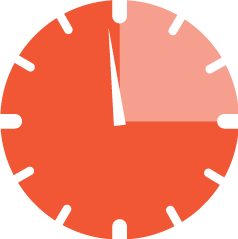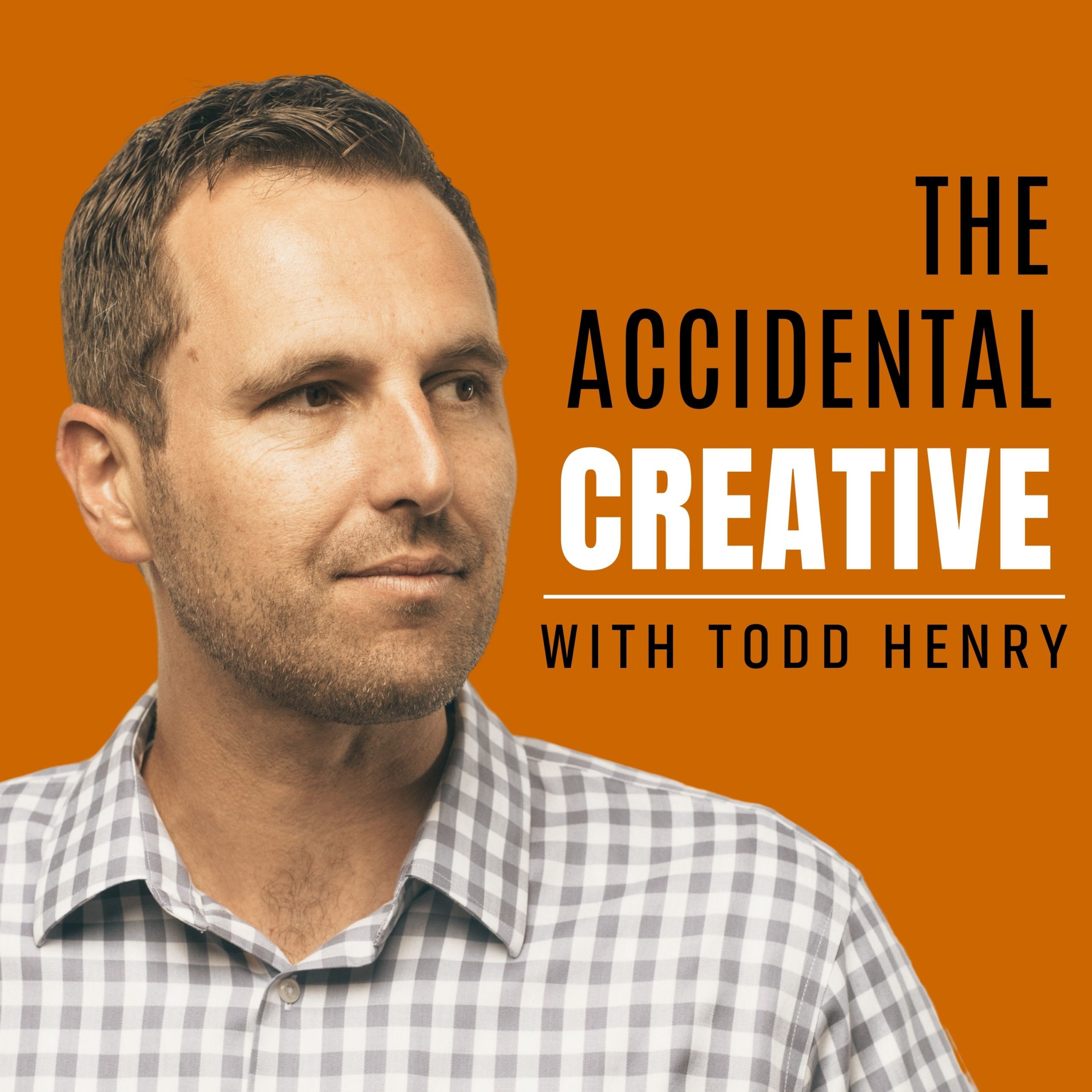The best way to ensure that your most important work gets done is to dedicate time to doing it.
See if this scenario sounds familiar: you arrive at work, sit down with your coffee, and fire up your laptop. First, you check your e-mail, looking for any potential fires that have cropped up overnight (or since you last checked your e-mail on your commute), spend about ten minutes addressing those urgent matters, then set about actually doing the work you need to get done for the day.
About five minutes later, someone peeks their head around the corner and asks for a few moments of your time to look at something. You agree, and before you know it you have to run off to a meeting with a colleague to talk about an important project. The same pattern repeats over and over throughout the day, and by the time you close down your laptop to head home, you realize that the big, important work you intended to tackle today has been pushed off until tomorrow, or worse, that you’ll have to do the work at home in order to meet your deadline.
In truth, you didn’t really do anything wrong. You were responsive, responsible, and present in everything you did. The problem is that while you were busy responding to all of the urgent stimuli in your environment, you were neglecting the less urgent, but much more important work that will add true, long-term value.
Whether you work in an office or on your own, it’s critical that you learn to build barriers around your time and dedicate focused efforts to your most important work. The best way I’ve discovered to do this is to establish chunks of time dedicated to specific tasks.
What are time chunks?
While I am a big fan of making lists for tasks (and am a big adherent to the GTD philosophy), I find that my calendar is often my friend when I’m trying to tackle large, complex projects. As such, whenever I have ongoing work that will require deep, focused effort I tend to block off time on my calendar to work on them.
A time chunk is simply a dedicated amount of time, an hour or two if possible, to immerse yourself in the important, but not urgent work on your plate. Rather than relying on the non-time-committal nature of a task list, time chunks ensure that you will spend a certain amount of focused effort making progress each week. You know that interruptions or other distractions won’t get in the way, because you’ve built a bulwark against them.
How do you set them?
1. Look at your current projects, and choose one that will take a lot of deep, focused effort over a period of a few weeks or months.
2. Look at your calendar for a few open slots this week, and choose one that will give you plenty of time to focus on the project.
3. Block off the time on the calendar, with the title of the event being the project name or problem you’ll be working on. This is important, because without something on your calendar your time will always be negotiable.
4. Stick with the plan. Don’t fall prey to temptation at the last minute, or compromise in order to squeeze in a meeting. Sure, there will be exceptions, but in general try to treat this time chunk just like you would a meeting with someone you respect. (It is, after all, a meeting with yourself.)
5. Spend the last five minutes of your time chunk determining where you’ll go next with the project. Make sure that you have a clear starting point the next time you pick up your work, as that will make it much easier to gain traction and use your time wisely.
6. At the end of every time chunk, set your next one. Look for an opening in your calendar when you can continue your progress, while you have some momentum.
It may work best for you to have pre-established chunks of time on your calendar for specific tasks. (For example, I know that 6-7a each morning is my study time, that certain times are dedicated to developing content, and certain times are reserved for client calls. That prevents schedule whiplash from creeping into my weeks.)
Many of us lack the kind of latitude over our schedule that we’d like to have, but all of us have some discretion about how we spend our time. The best way to prevent distractions and make steady progress on your most important work is to dedicate predictable time to it.




I love this idea. I’ve added the pomodoro technique with my work. I set an alarm for 45 minutes and focus on that one thing during that time. At the end of that chunk of time, I take a 15 minute break and it could mean taking a walk, talking to someone, or knit a few rows of a knitting project – then repeat.
I love that idea, Sheri. I’ve also have great success using an adapted version of the pomodor technique.
Love the term “time chunk!” It is SO easy to get distracted with the urgent or loudest calls for our attention. I’ve been spending some time reading and writing about the myth of multitasking and it’s become clear that the only way to give a worthwhile task its due is creating the opportunity for focused attention—dedicated, predictable time, as you said. Great post/reminder Todd!
This really works. I’ve started using a timer on my PC to keep me focused (free apps easily found e.g. at cnet: “free desktop timer”). I usually set it to 60 minutes or so and focus on getting a particular task completed in that time. If the task isn’t complete, I reassess how much more time I need and set it again. It’s not about getting things done in shorter periods of time, it’s about staying focused until the task is complete. It’s really working.
—
Paul Berkovic | Co-founder http://www.scribblepost.com